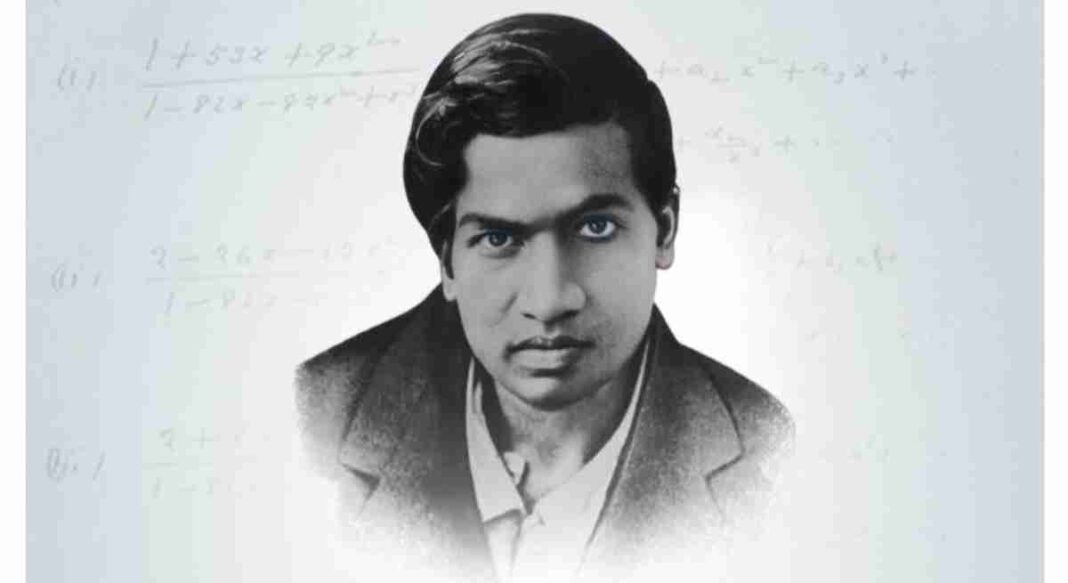INDIA: National Mathematics Day is celebrated to mark the birth anniversary of the mathematics genius Srinivasa Ramanujan and his contribution to the field of mathematics.
Since 2012, schools and institutions throughout India have celebrated National Mathematics Day on December 22. On this day, many competitions, math olympiads, and other events are held in schools and institutions all over India.
About Srinivasa Ramanujan
The brilliant mathematician was born on December 22, 1887, in Erode, Tamil Nadu, to a Tamil Brahmin Iyengar family.
To recognise Ramanujan’s contributions to mathematics and to honour his life, former prime minister Manmohan Singh proclaimed December 22 as National Mathematics Day in 2012.
He is renowned for his contributions to number theory, continued fractions, infinite series, and mathematical analysis. Ramanujan was chosen to join the London Mathematical Society in 1917.
He was elected to the Royal Society the following year, in 1918, for his work on the theory of numbers and elliptic functions.
Ramanujan passed away at 32 from complications brought on by several ailments he contracted while living in London.
Scientists learned that one of Ramanujan’s formulas could describe the behaviour of black holes more than nine decades after his passing.
Srinivas Ramanujan, an Indian mathematician, was confined to a London hospital in 1918, and G H Hardy, a colleague and lifelong friend, visited him there.
After saying a quick welcome and noting that the other mathematician had arrived in a taxi with the number “1729,” Hardy remarked, “that was quite an uninteresting number,” when he entered Ramanujan’s room.
Ramanujan replied after looking at the number, “No, Hardy, it’s an extremely intriguing number. This one can be the smallest number that can be expressed as the sum of two cubes in two separate methods.”
(12^3 + 1^3, and 10^3 + 9^3)
This conversation, which serves as the foundation for the enigmatic Hardy-Ramanujan number, is described in Robert Kanigel’s biography of Ramanujan. Kanigel wrote a biography on his life and rise to fame in the world by the name of ‘The Man Who Knew Infinity’.
Also Read: Making Numbers Your Best Friend Through Education



